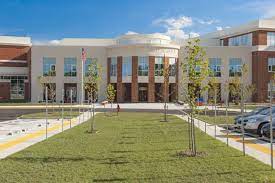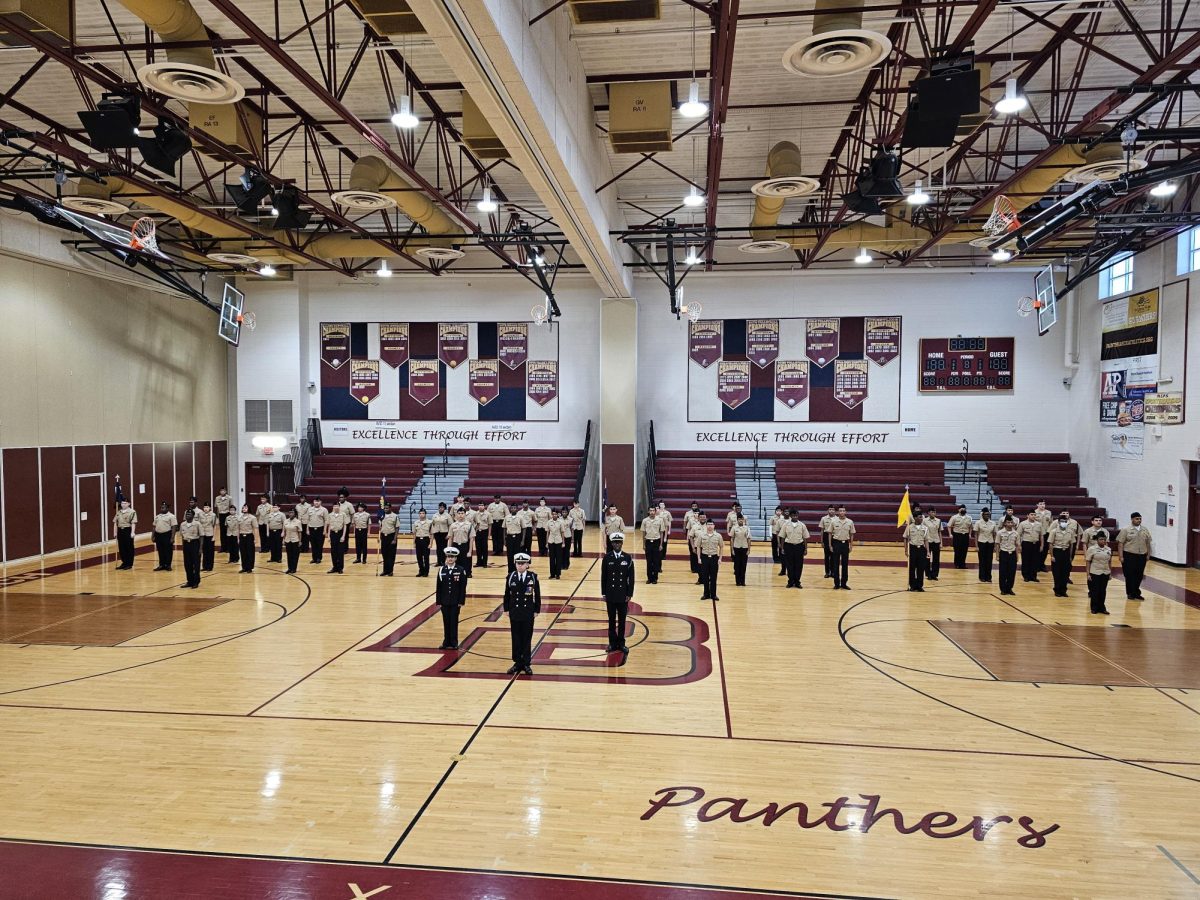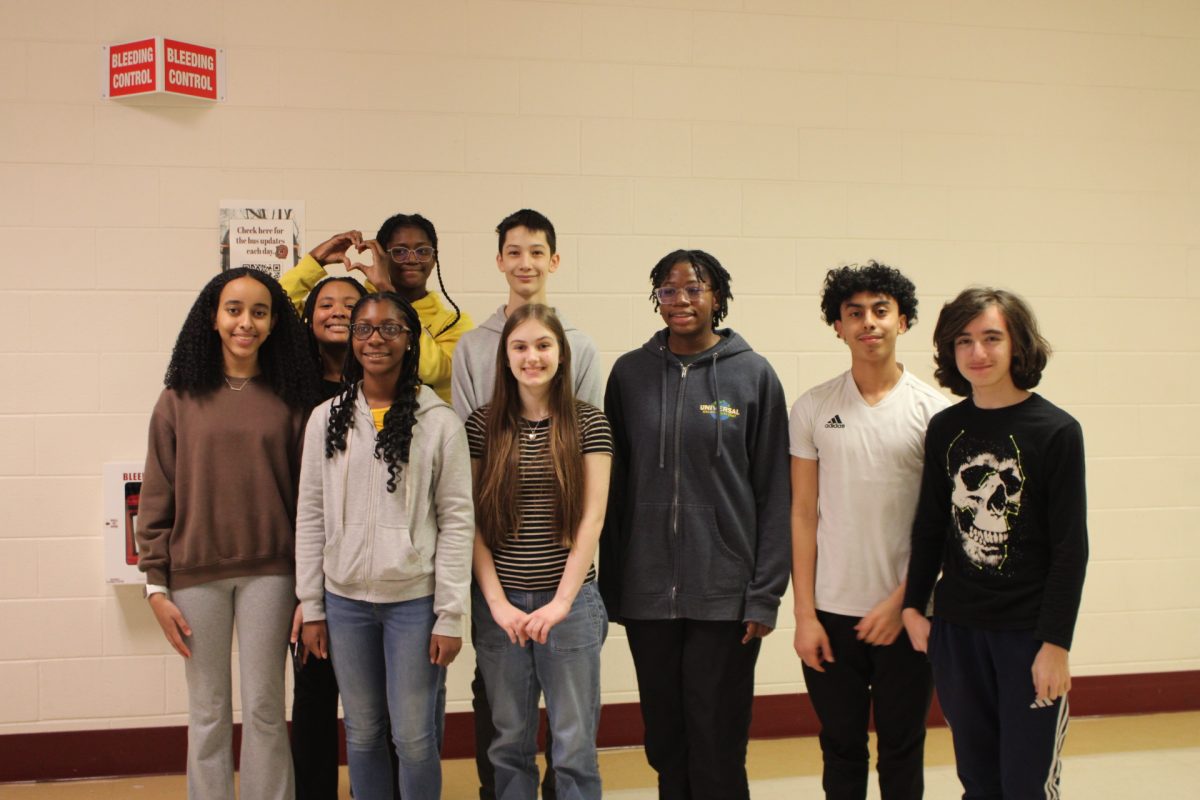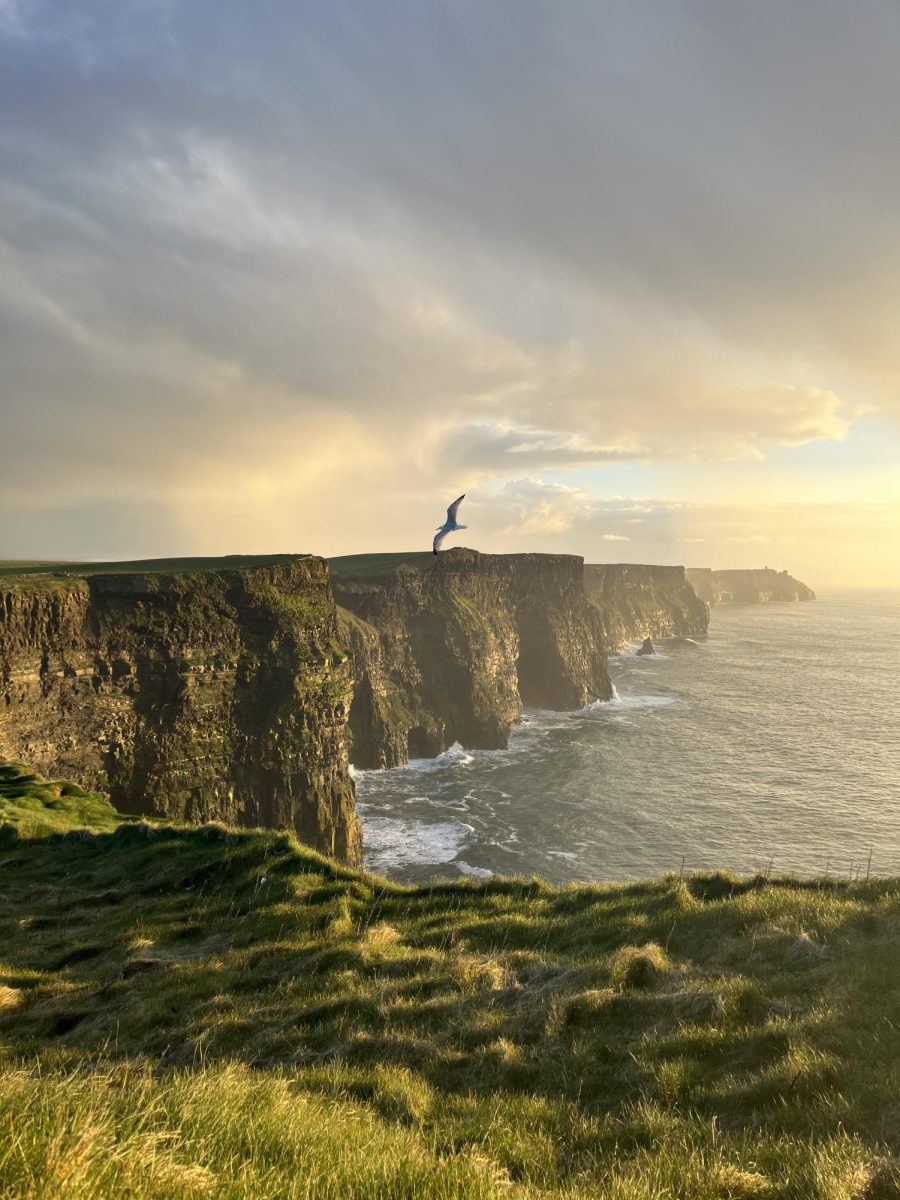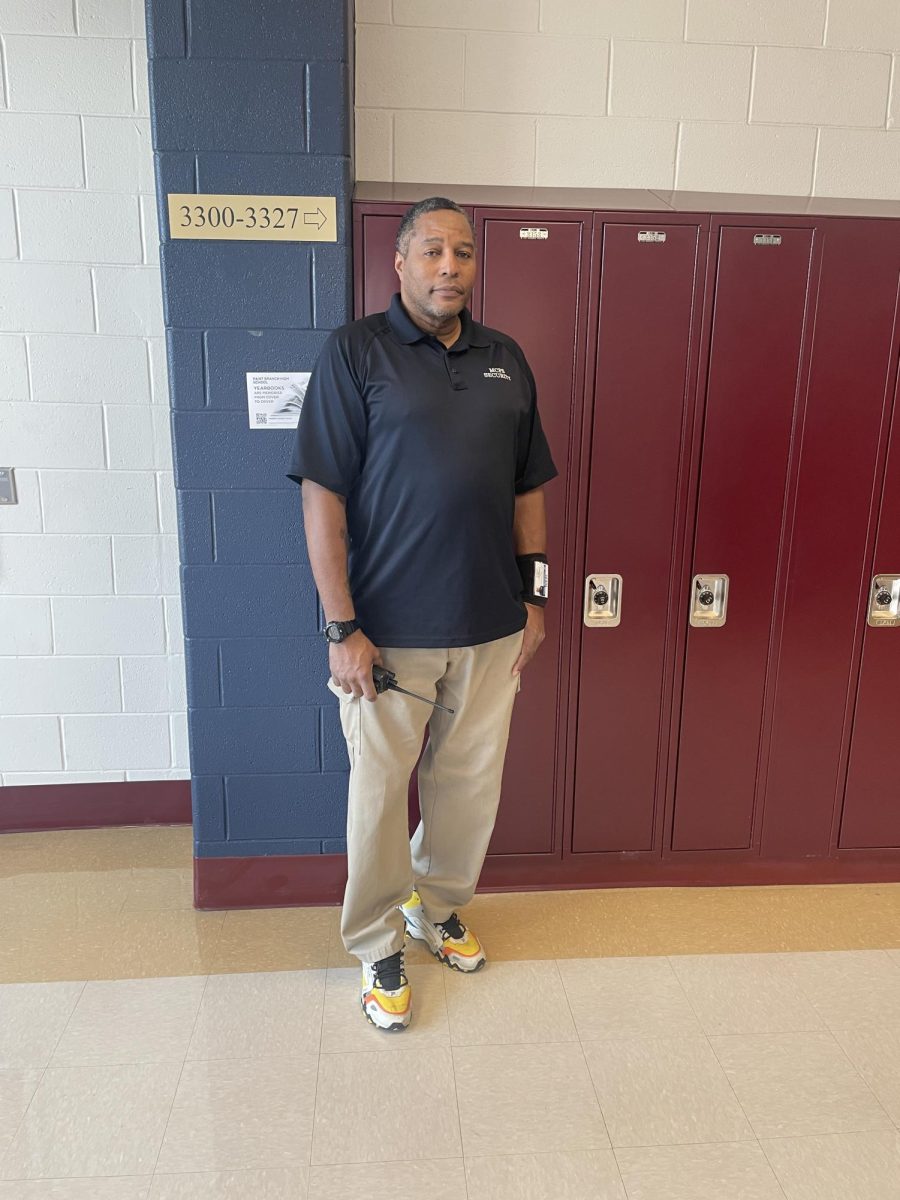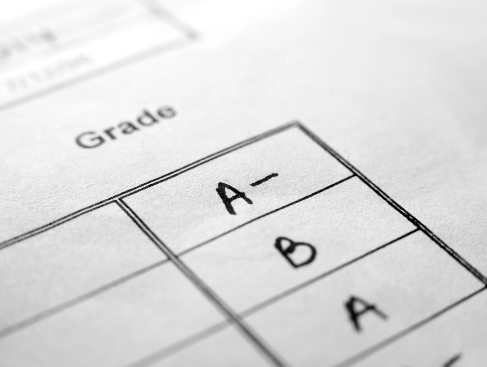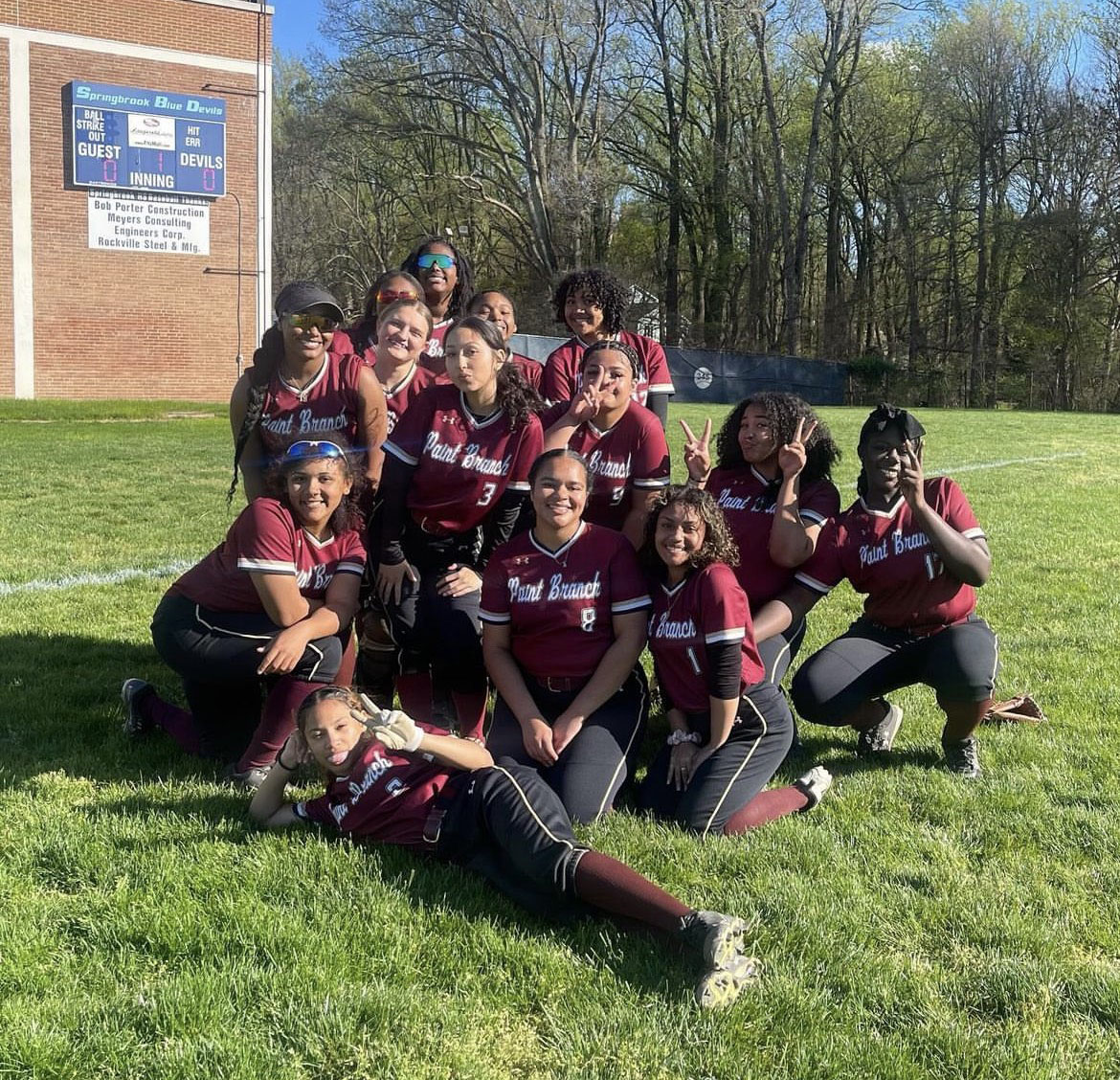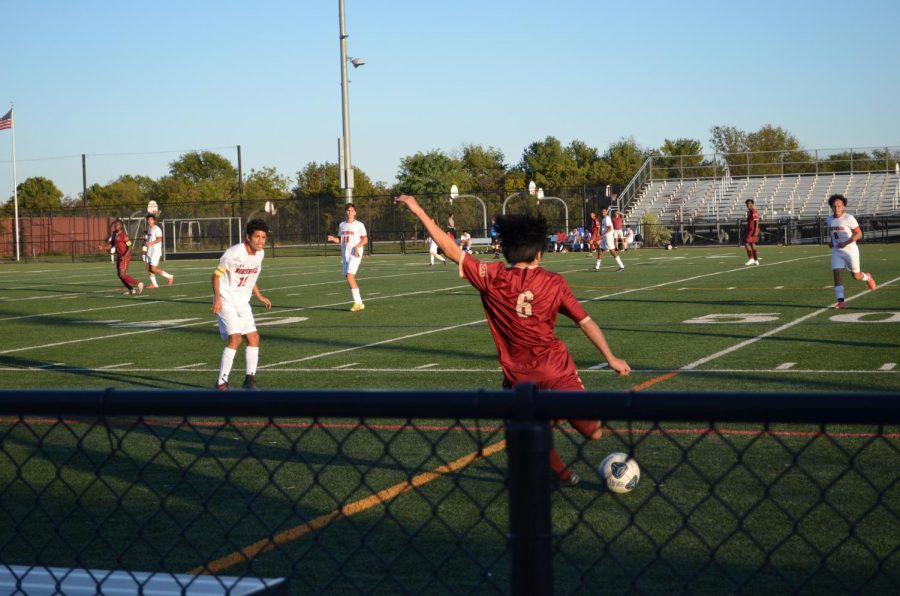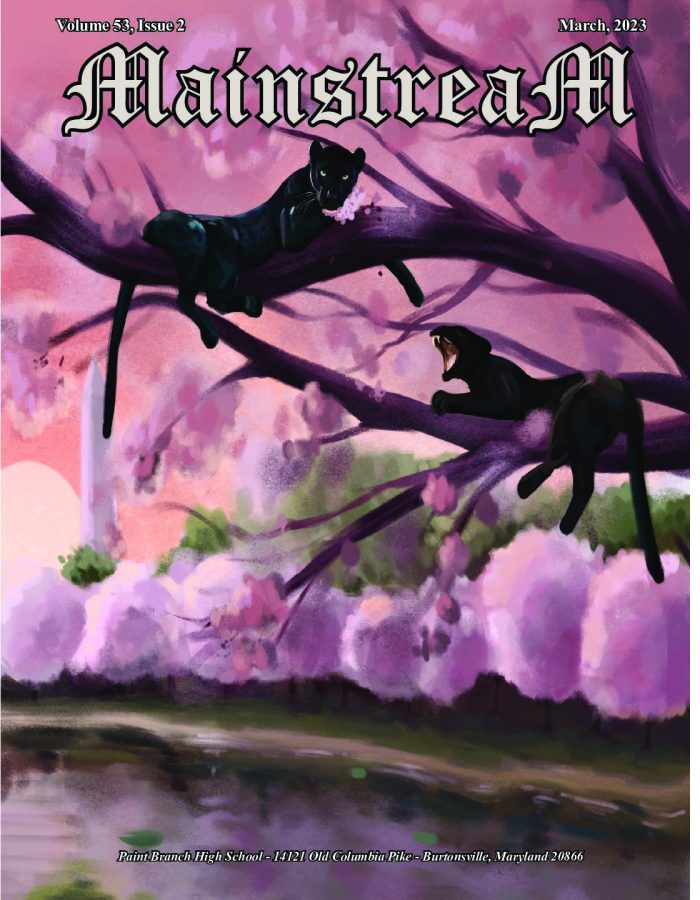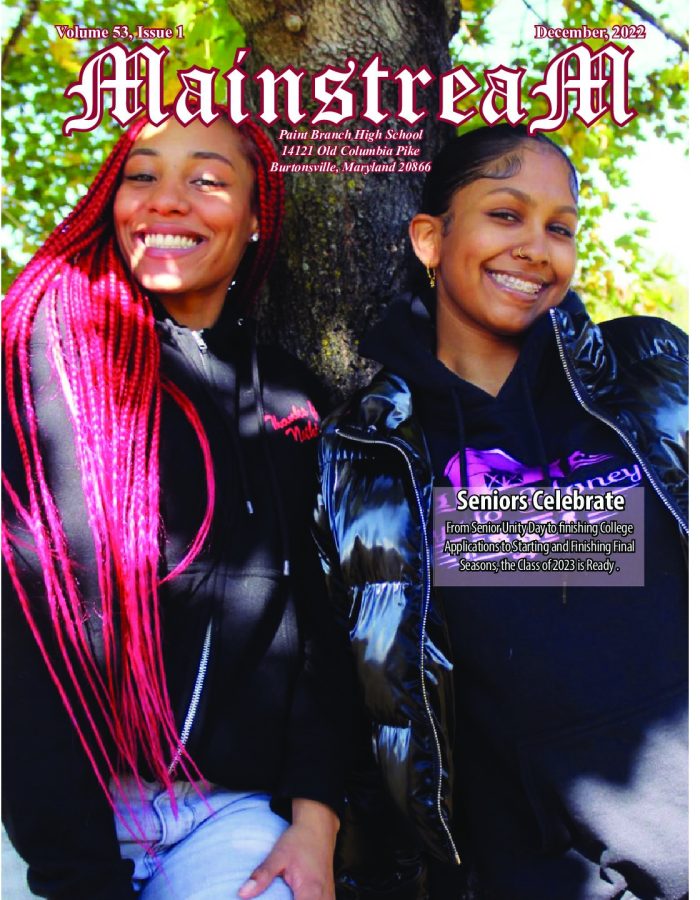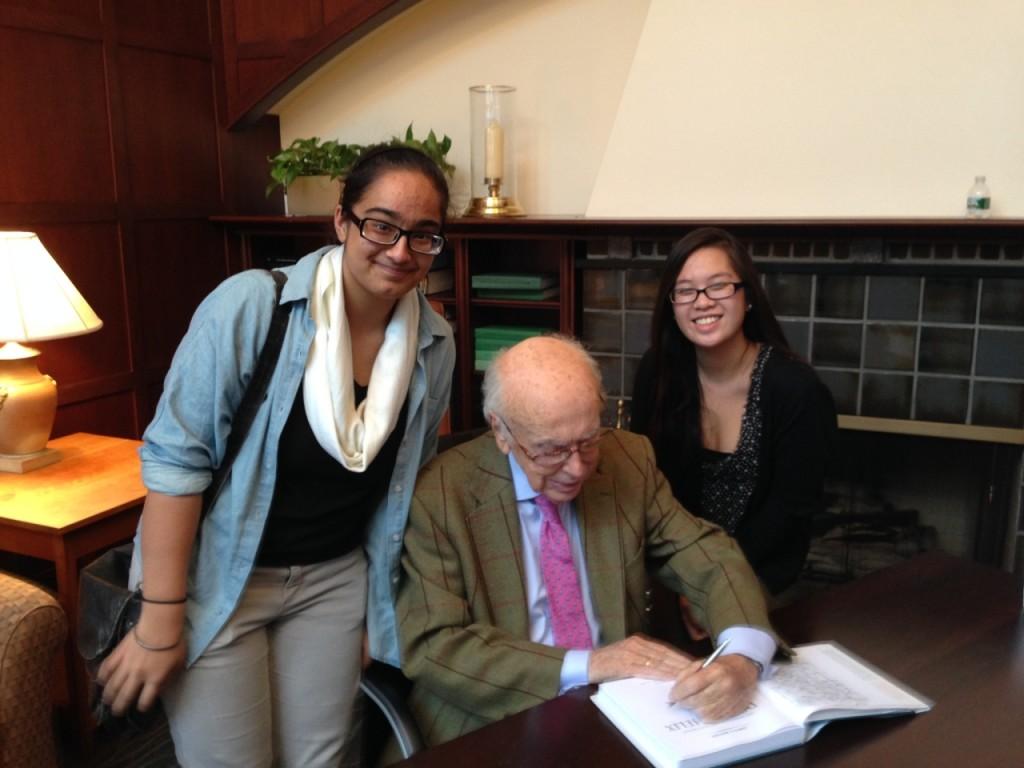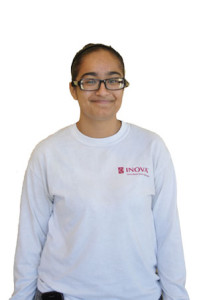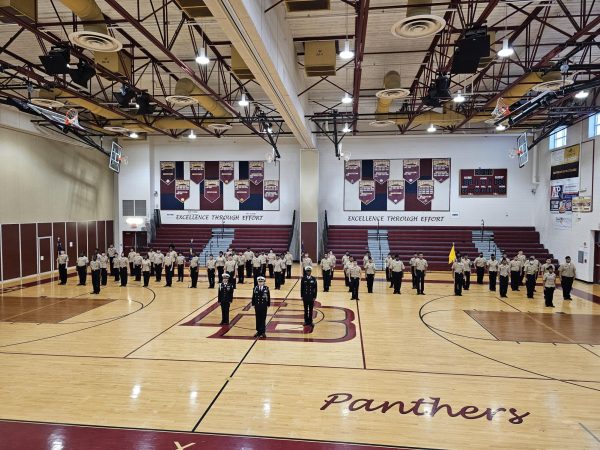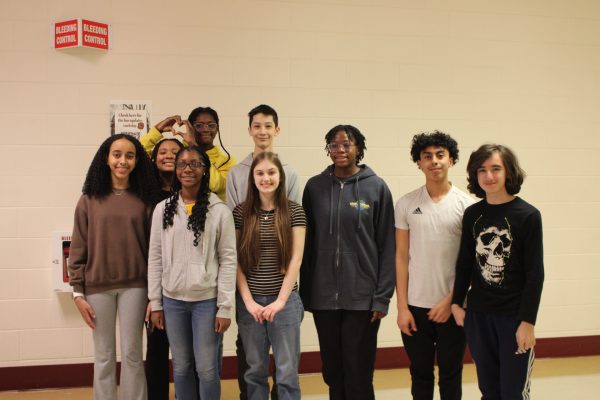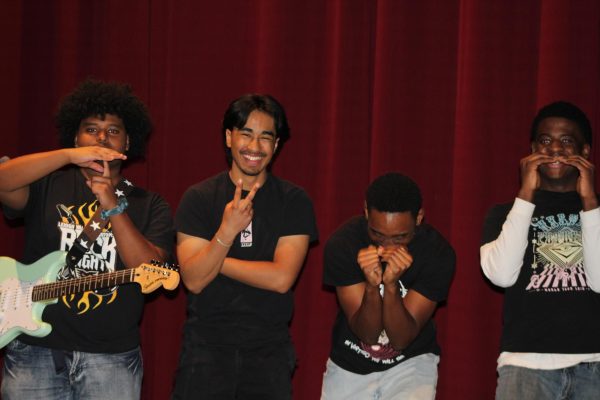Science Lies in the Hands of Today’s Youth
In an age with technological advancements at an all-time high, it is imperative to use such innovations in the world of medicine. Part of that process is understanding that the future of medicine lies in the hands of today’s youth, which is exactly what the Howard Hughes Medical Institute (HHMI) has done.
Each year, the Howard Hughes Medical Institute holds a “Holiday Lecture Series” in which they select roughly 200 students from high schools in the Delaware-Maryland-Virginia (DMV) area to spend two days at their facility in Bethesda, Maryland, learning about a current issue in the world of science. This year, seniors Nhi Le and I were honored to be nominated by AP Biology teacher Mrs. Pam Leffler and AP Chemistry teacher Mr. Richard Lee to participate in the 2013 lecture series “Medicine in the Genomic Era.”
One the first day, HHMI greeted students with light refreshments – coffee, tea, hot chocolate, fruit and donuts – and various interactive demonstrations to introduce the 2013 lecture topic. After about an hour of socializing, the professors at HHMI directed students into the auditorium for the lectures. The first lecture, given by Dr. Christopher A. Walsh of the Boston Children’s Hospital, was on “Sizing up the Brain Gene by Gene.” Dr. Walsh discussed brain disorders caused by genetic mutations. After the first hour of lecture, the speakers dismissed students for a half-hour break and snacks. When the lectures resumed, Charles L. Sawyers of the Memorial Sloan-Kettering Cancer Center spoke on “Cancer as a Genetic Disease.” Sawyers introduced and discussed different types of cancer caused by disruptions in the genome.
After an hour for lunch, students returned to the auditorium for the viewing of HHMI’s short film “Great Discoveries in Science: The Double Helix” and a question-answer session with James D. Watson, famous for his discovery with Francis Crick of the DNA double-helix structure and his 1962 Nobel Prize in Physiology or Medicine. After the program, students received a copy of Watson’s book Double Helix and had the opportunity to get it signed before heading home for the day.
The second day began similarly with refreshments and the hour of socializing, and then students headed into the auditorium for Dr. Walsh’s lecture “Decoding the Autism Puzzle,” which speculated on the ways deleted or repeated genes can lead to autism. After the half-hour snack break, Sawyer’s held his lecture, “From
Cancer Genomics to Cancer Drugs,” introducing the idea of identifying specific types of cancer for targeted drug therapy. The post-lunch sessions included a question-and-answer based discussion with Dr. Walsh and Charles Sawyers and a lecture on dog-based gene research.
At the end of the two-day program, students had not only eaten free food and built new friendships but also left with a great experience and priceless knowledge. Plus, it wouldn’t hurt to add this to college apps or a resume, either.

